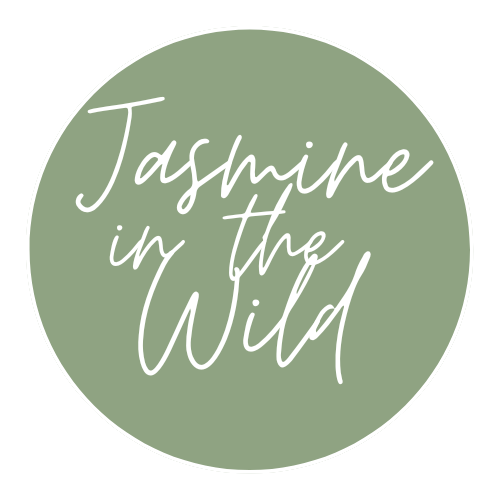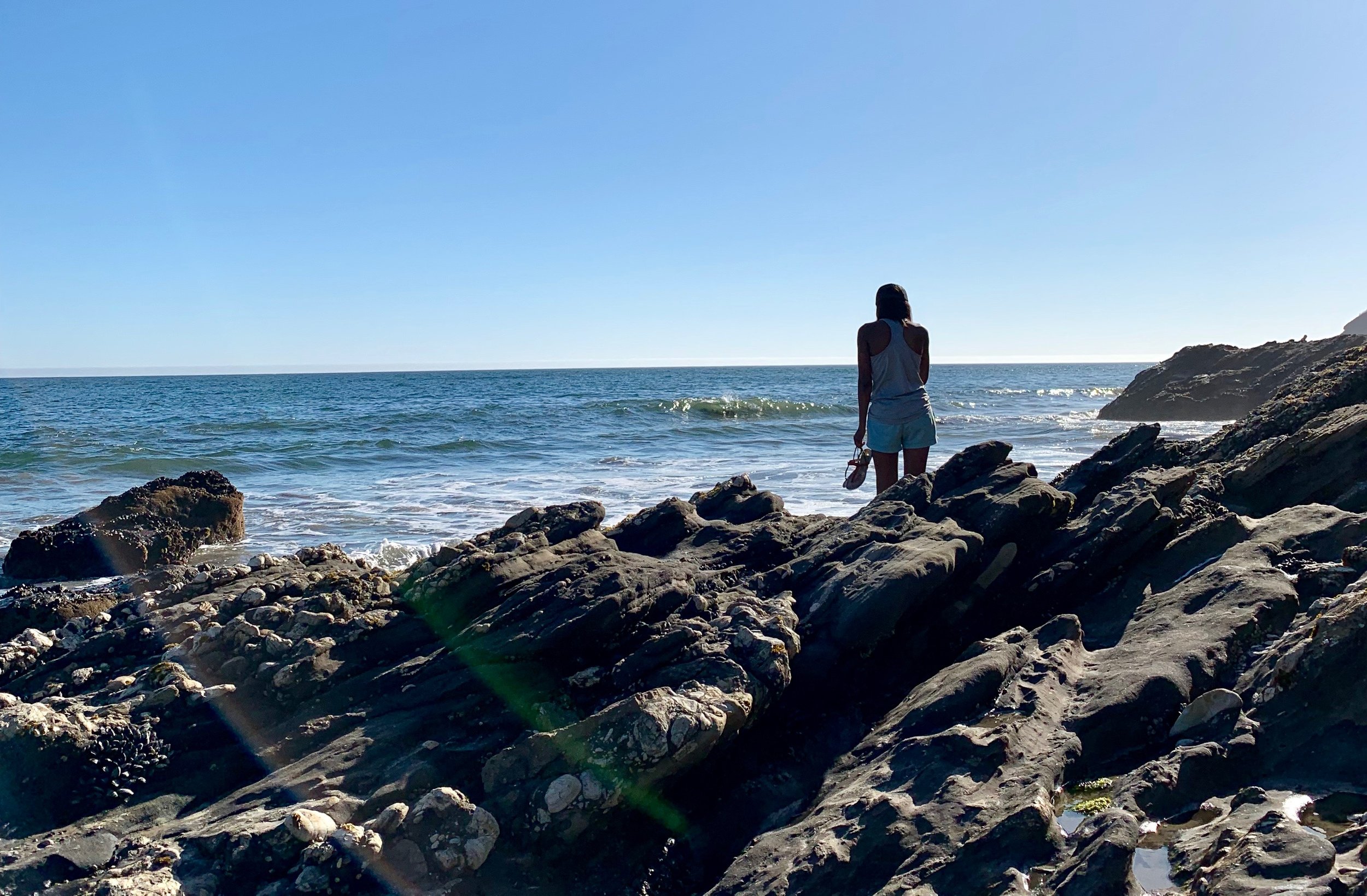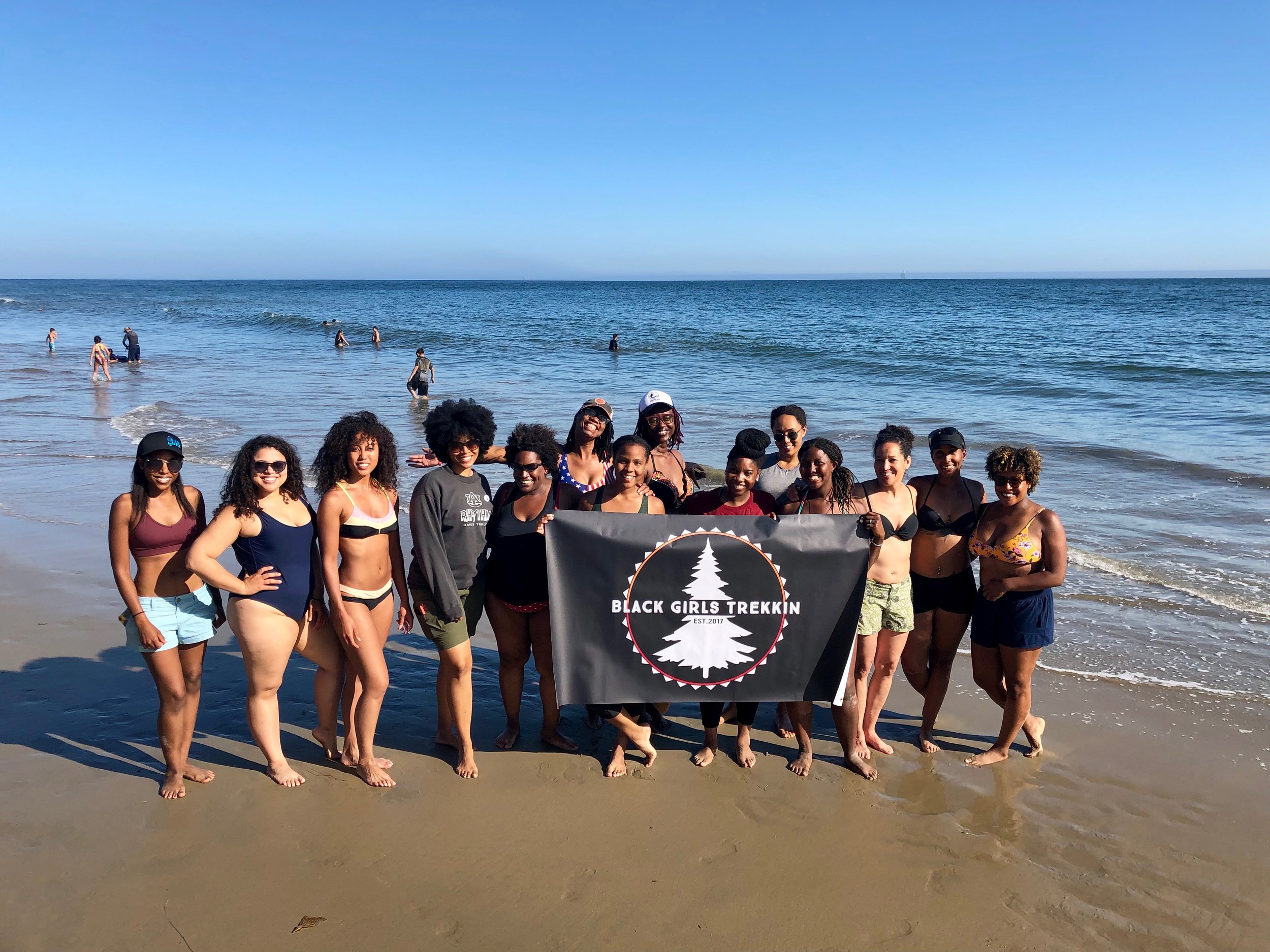I went to work on Tuesday after Labor Day and engaged in the usual banter with my coworkers. We spoke about our weekends, what we did, and about how much we all wanted to be comfortably back in our beds at home. I talked about how I went to the beach before I went on the second hike that I lead as a co-ambassador of Hiker Babes LA Chapter. However, when we circled back onto the subject of water, a coworker made a comment that was a little out of touch.
“YOU—go into the water?” He said to me after looking at dark-skinned appearance all over again. It was as if for the first time he had ever considered that black people went in the water.
“Yes, I go in the water,” I replied. “I love the ocean, swimming in pools, learning how to surf, paddleboarding, kayaking, and sipping beer sometimes on boats wading out in the middle of lakes.”
“Oh, I didn’t think you did.” A bit of confusion washed over his face.
He had rarely seen black people out in the water, but that wasn’t because they weren’t there. It was because those images of black people, both professional aquatic athletes and everyday lovers of H2O were rarely shared in larger marketing campaigns, revealed in popular media, or even reported on in the news. The lack of imagery reinforced the negative stereotype that black people can’t swim, don’t swim, or hate water. When in reality, the truth can only be told by revisiting history.
Although the stereotype can be traced back to the years during the Transatlantic slave trade when black bodies were dumped over the rails of ships as they were dragged from their homes in Africa and brought to the already inhabited lands of the Americas, it is most notably recorded during the Jim Crow Era that followed. Black and white people were segregated, but when it came to the communal public pools, black people were banned, bleached, barred and harassed out of the pool. If black people wanted to learn how to swim in their city’s public pool, they would be risking their safety or even their lives in order to do so. More black people never learned how to swim because they weren’t allowed to do so.
Although it has affected the rate at which black people learned how to swim, it never stopped them. Many fought back and taught themselves in rivers, lakes, and the ocean. Other found less violent pools, and what we see now Simone Manuel, Cullen Jones, Nick Gabaldon, Montgomery Kaluhiokalani, Mary Mills, Andrea Kabwasa, Rick Blocker, Michael February, Ashleigh Johnson, and a host of other black aquatic athletes. This wasn’t easy, but as we see more black faces gracing the covers of magazines in these roles formally unseen by the general public, we inspire more black people to enter a world where they were initially barred from completely.
Organizations such as The Black Surfers Collective and Black Girls Surf aim to change that. The group, Black Girls Trekkin, that I went kayaking and to the beach with also try to change the minds of people stuck on stereotypes. I commend artists and influencers such as @wildginaa who go out of their way to make sure black and brown faces are also seen out in spaces in nature. We’re clearly out there. The mountains are also a melting pot of a variety of different people hiking native lands, and yet we are only now barely seeing these faces in popular media. So, yes, black people all over the world swim. It’s just that many people have been led to believe that we don’t.



